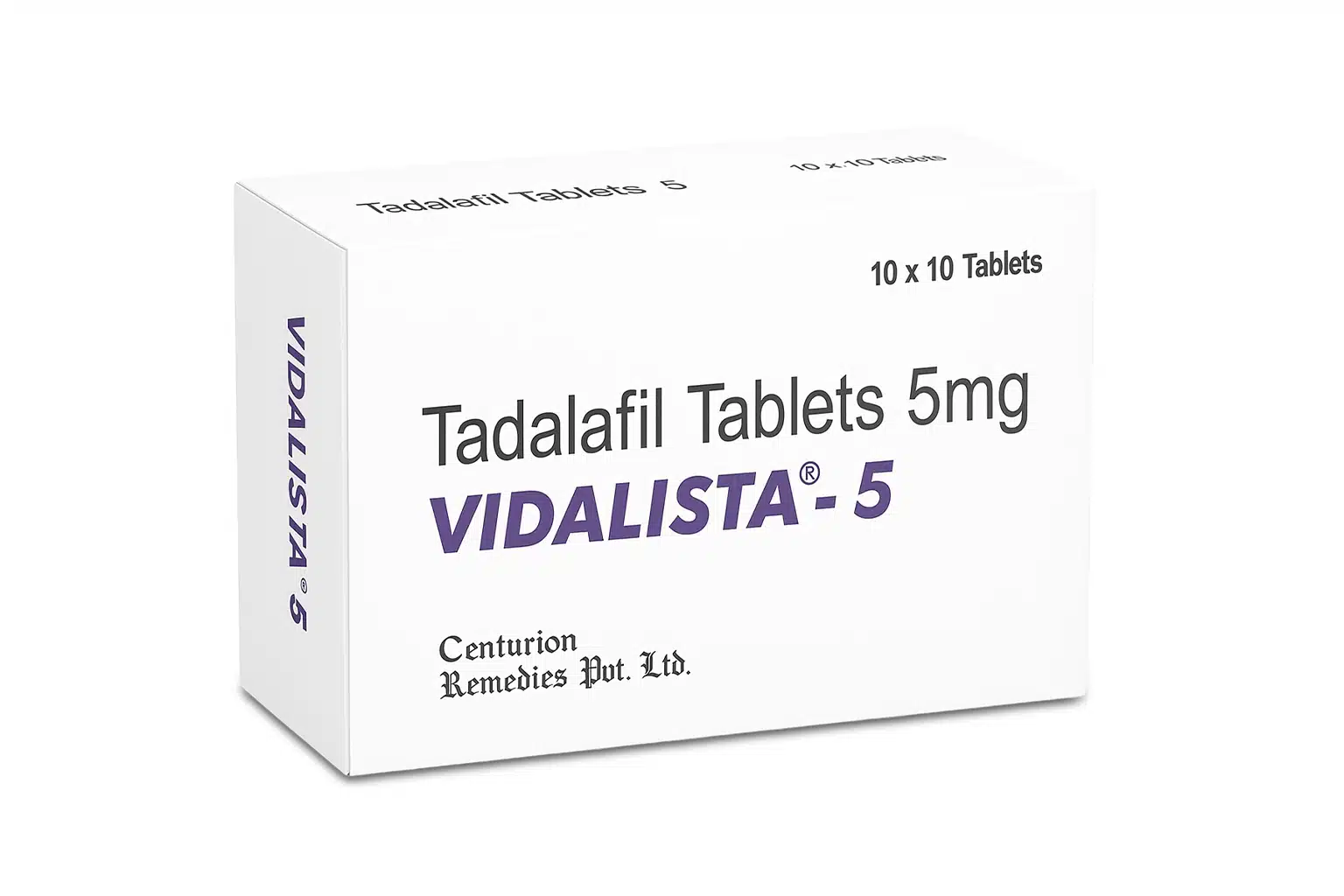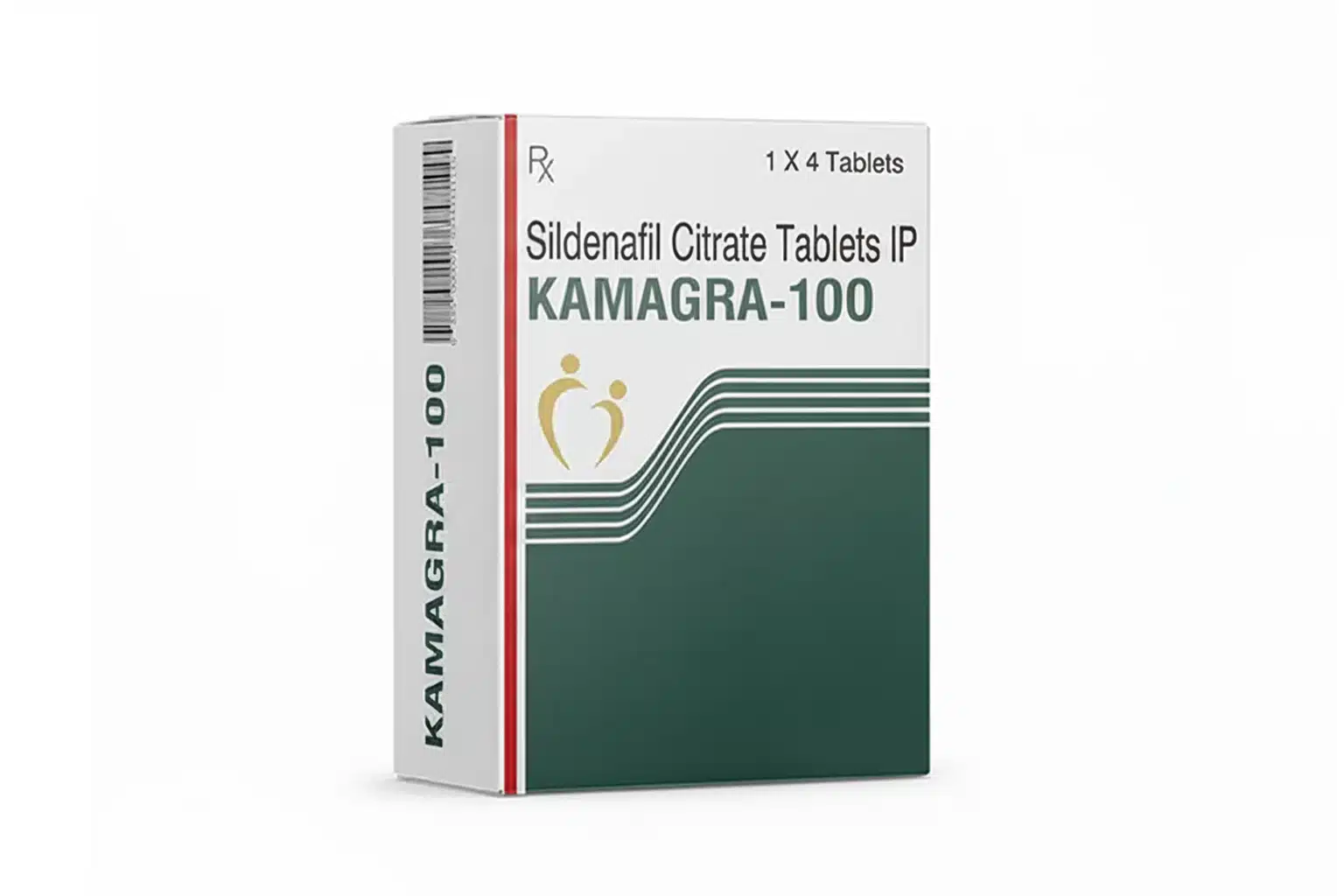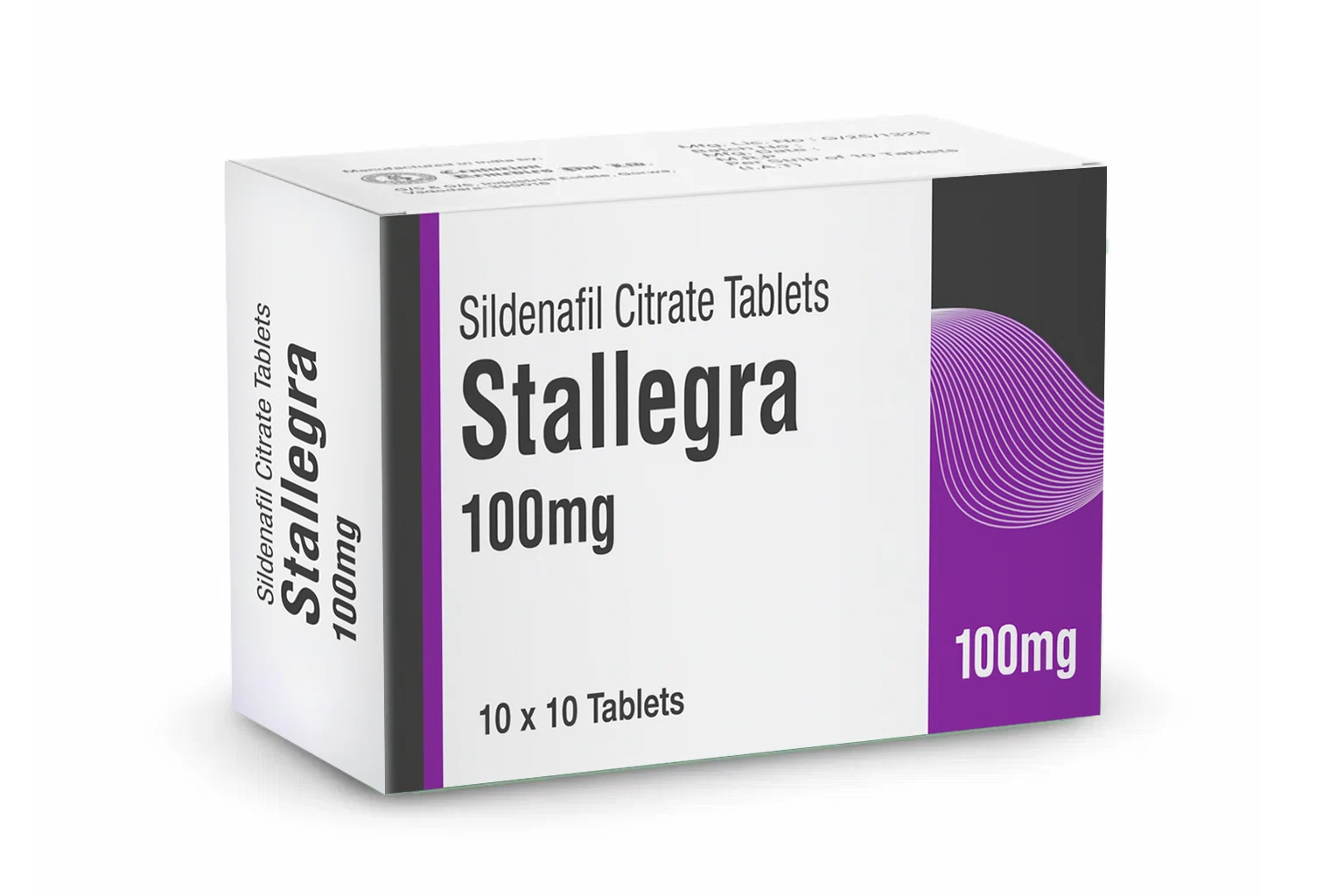Erectile dysfunction (ED) and urinary problems like frequent urination, urgency, weak stream, nocturia, and overactive bladder (OAB) often show up together. That doesn’t mean one always causes the other, but the two share many risk factors, anatomical pathways, and biochemical mechanisms. This article explains how they’re linked, answers common questions (Can urethritis or UTI cause ED? Does prostate enlargement cause ED?), and reviews the best approaches to treat men who have both ED and urinary symptoms. Clinical evidence and recent reviews are cited at the end.
Quick summary
Large epidemiological studies show men with lower urinary tract symptoms (LUTS), which include many urinary problems, have a higher risk of ED. The relationship is strong but not strictly one-way causation.
Shared causes: aging, vascular disease, nerve damage, hormonal changes, pelvic inflammation/infection, and medication side effects can produce both ED and urinary problems.
Specific urinary conditions urethral injury/stricture or severe prostatitis/BPH, can impair erections directly (through nerve or structural damage) or indirectly (pain, inflammation, treatment side effects).
Treatments such as daily tadalafil (a PDE5 inhibitor) and α-blockers (for BPH/LUTS) can be used together in many men with both problems; combination approaches often work best.
How common is the overlap?
Multiple population studies and meta-analyses show a consistent association: men with more severe urinary symptoms are significantly more likely to have ED (some pooled analyses report an odds ratio of ~3 or higher for sexual dysfunction when LUTS are present). This pattern is seen across age groups and after accounting for diabetes, hypertension, and other comorbidities. In other words, urinary problems and ED commonly co-exist, and the coexistence is clinically meaningful.
Why do ED and urinary problems often occur together?
Several overlapping pathophysiological mechanisms explain the association:
Vascular disease / atherosclerosis — The penis and lower urinary tract depend on good blood flow. Systemic vascular disease reduces penile blood supply (causing ED) and can impair blood flow to bladder/prostate tissues, contributing to LUTS.
Nitric oxide (NO) pathway dysfunction — NO is central to penile erection (smooth-muscle relaxation) and also contributes to normal bladder function. Reduced NO bioavailability can impair both erection and bladder control.
Autonomic (sympathetic) hyperactivity — Increased α-adrenergic tone (more “fight-or-flight” nerve signals) tightens smooth muscle in the prostate, bladder neck and penile arteries; this can worsen urinary obstruction/urgency and reduce erectile response.
Pelvic neurological injury or inflammation — Trauma (pelvic fractures), urethral strictures, severe urethritis, or surgical injury can directly damage nerves responsible for erections and bladder function. Even chronic inflammation (prostatitis) may alter local nerve signaling.
Hormonal factors — Low testosterone can affect libido and erectile physiology and may also influence urinary tract function indirectly.
Shared risk factors — Age, diabetes, obesity, metabolic syndrome, smoking, and certain medications (e.g., some antihypertensives, antidepressants) predispose to both urinary complaints and ED.
Because these mechanisms overlap, it’s often more accurate to think of ED and urinary problems as two related expressions of a shared underlying disease process rather than a simple cause→effect chain.
Can urethritis cause ED?
Short answer: sometimes (but not usually directly.)
Urethritis (inflammation of the urethra, often from STIs like chlamydia or gonorrhea) primarily produces burning, discharge, and urinary symptoms. Severe or chronic urethral inflammation, scarring (stricture), or complications from treatment/surgery. Can injure local tissues and nerves, and in those settings, ED may follow. Most straightforward, acute urethritis episodes do not reliably cause long-term organic ED; however, they can cause temporary sexual discomfort, anxiety-related erection problems, or post-infectious pelvic pain that interferes with sex.
Does UTI cause ED?
Short answer: A typical uncomplicated UTI in a healthy man is unlikely to cause persistent ED, but UTIs can be associated with sexual dysfunction in some contexts.
In men, UTIs are less common than in women, but when present, they can cause pain, urgency, and discomfort during sex, transiently reducing erectile performance. Recurrent UTIs, complicated infections, or infections that ascend to involve the prostate (prostatitis) can create ongoing inflammation and pelvic pain that more readily interferes with erection. Epidemiological studies also show links between urinary infections or persistent LUTS and higher rates of sexual dysfunction, though the direction of causation varies by study.
Overactive bladder (OAB) and ED
OAB (urgency, frequency, possible urge incontinence) is significantly associated with ED. Studies show men with OAB report ED more commonly than men without OAB. Mechanisms include shared nerve dysfunction, pelvic ischemia, and the psychological burden (anxiety, embarrassment) of frequent urgency, which can dampen sexual desire/function. Clinically, treating OAB symptoms can sometimes improve sexual function and vice versa, so asking about both problems is important.
Does prostate enlargement (BPH) cause ED?
Benign prostatic hyperplasia (BPH) causes lower urinary tract symptoms (weak stream, hesitancy, nocturia). Numerous studies find a correlation between BPH/LUTS and ED; several biological links have been proposed (local inflammation, nerve/vascular changes, shared autonomic dysregulation). BPH itself doesn’t always directly damage erectile anatomy, but the disease process and certain treatments for BPH can influence erectile function. For example, some surgical procedures or older medications (like certain 5-alpha-reductase inhibitors) may affect sexual function, while other options (like tadalafil) can improve both LUTS and ED.
Best Seller
-
Cenforce 100 Mg
Best Seller$24.00 – $215.00Price range: $24.00 through $215.00Rated 5.00 out of 5Shop Now This product has multiple variants. The options may be chosen on the product page -
Vidalista 5 Mg
Best Seller$18.00 – $182.00Price range: $18.00 through $182.00Rated 4.00 out of 5Shop Now This product has multiple variants. The options may be chosen on the product page -
Vidalista 40 Mg
Best Seller$28.00 – $276.00Price range: $28.00 through $276.00Rated 4.00 out of 5Shop Now This product has multiple variants. The options may be chosen on the product page -
Cenforce 200 Mg
best sellers$31.00 – $335.00Price range: $31.00 through $335.00Rated 4.00 out of 5Shop Now This product has multiple variants. The options may be chosen on the product page -
Cenforce Fm
Best Seller$33.00 – $218.00Price range: $33.00 through $218.00Rated 4.00 out of 5Shop Now This product has multiple variants. The options may be chosen on the product page -
Kamagra 100 mg
best sellers$24.00 – $125.00Price range: $24.00 through $125.00Rated 5.00 out of 5Shop Now This product has multiple variants. The options may be chosen on the product page -
Fildena 100 mg
best sellers$24.00 – $244.00Price range: $24.00 through $244.00Rated 4.00 out of 5Shop Now This product has multiple variants. The options may be chosen on the product page -
Malegra Oral Jelly 100 Mg
Best Seller$8.00 – $44.00Price range: $8.00 through $44.00Rated 5.00 out of 5Shop Now This product has multiple variants. The options may be chosen on the product page -
Super Kamagra Oral Jelly
Best Seller$25.00 – $120.00Price range: $25.00 through $120.00Rated 4.00 out of 5Shop Now This product has multiple variants. The options may be chosen on the product page -
Tadarise Oral Jelly
Best Seller$19.00 – $72.00Price range: $19.00 through $72.00Rated 4.00 out of 5Shop Now This product has multiple variants. The options may be chosen on the product page -
Careforce 200 Mg
Best Seller$29.00 – $332.00Price range: $29.00 through $332.00Rated 5.00 out of 5Shop Now This product has multiple variants. The options may be chosen on the product page -
Stallegra 100 Mg
best sellers$88.00 – $224.00Price range: $88.00 through $224.00Rated 5.00 out of 5Shop Now This product has multiple variants. The options may be chosen on the product page -
Exclusive
Aurogra 100 Mg
best sellers$29.00 – $76.00Price range: $29.00 through $76.00Rated 4.00 out of 5Shop Now This product has multiple variants. The options may be chosen on the product page -
Priligy 30mg
best sellers$22.00 – $156.00Price range: $22.00 through $156.00Rated 4.00 out of 5Shop Now This product has multiple variants. The options may be chosen on the product page
How can ED impact urination?
Most commonly, urinary symptoms impact sexual function more than the reverse, but ED can influence urination in a few ways:
Psychological stress and anxiety: performance anxiety can increase sympathetic tone, which can tighten the bladder neck and worsen urinary hesitancy or frequency.
Medication effects: ED medications and treatments (or drugs used for associated conditions like depression) can change bladder/sphincter function in some men.
Behavioral changes: men avoiding sexual activity because of ED may alter fluid intake, voiding patterns, or pelvic muscle use, indirectly affecting urinary symptoms.
So while ED doesn’t typically “cause” OAB or obstructive symptoms on its own, the interplay of nerves, hormones, and behavior means one can influence the other.
How doctors evaluate men with both ED and urinary problems
A careful history and exam aim to separate causes and plan targeted treatment:
Symptom questionnaires (e.g., IIEF for erectile function; IPSS for LUTS) to quantify severity.
Urinalysis/culture to rule out infection or signs of inflammation (urethritis, UTI).
Medication review (identify drugs that may cause ED or urinary side effects).
Basic labs: glucose, lipids, testosterone if indicated.
Urological referral when structural disease is suspected (stricture, large prostate, neurogenic bladder), possible imaging or uroflow/pressure studies.
Best treatments for ED and urinary symptoms
Treatment must be individualized. Here are the commonly used, evidence-based options:
1. Lifestyle and risk-factor modification
Weight loss, exercise, smoking cessation, glycemic control in diabetes and reduction of alcohol improve both ED and LUTS in many men.
2. Treat infections and inflammation
Urethritis, UTI, and bacterial prostatitis require appropriate antibiotics and follow-up; clearing the infection often resolves transient sexual dysfunction. Chronic inflammatory conditions need urological care.
3. Phosphodiesterase-5 inhibitors (PDE5 inhibitors)
Drugs like tadalafil, sildenafil, and vardenafil are first-line for many men with ED. Importantly, tadalafil 5 mg daily has evidence for improving LUTS/BPH symptoms as well as erectile function, making it especially useful when both problems coexist. Several reviews support PDE5 inhibitors as beneficial for men with combined ED and LUTS.
4. α-blockers and combination therapy
α-blockers (tamsulosin, alfuzosin, etc.) relax prostate/bladder neck smooth muscle and improve urinary flow. When ED and LUTS coexist, combination therapy (PDE5 inhibitor + α-blocker) can be more effective than either alone in selected patients but must be used carefully because of blood-pressure effects. Several clinical reviews support combined regimens for appropriate candidates.
5. 5-alpha-reductase inhibitors
Drugs like finasteride or dutasteride shrink the prostate and reduce long-term progression of BPH, but they may have sexual side effects (reduced libido, ejaculatory changes, and, in some reports, ED). Discuss risks vs benefits with a clinician.
6. Procedures and surgery
For obstructive BPH not controlled by medication, modern surgical options (TURP, laser enucleation, minimally invasive procedures) relieve urinary obstruction; discussions should include potential sexual side effects and recovery expectations. In men with urethral strictures or significant pelvic trauma, corrective surgery may be necessary, and urological teams will plan approaches to minimize impact on erectile nerves.
7. Psychological and pelvic-floor therapy
Counseling for anxiety/depression, sex therapy, and pelvic-floor physiotherapy can help men whose ED or urinary symptoms have a substantial psychogenic or pelvic-muscle component.
Practical approach
- Don’t ignore either problem; ask your doctor about both ED and urinary symptoms. Screening for the other condition is recommended when one is present.
Get a urinalysis to rule out UTI/urethritis if you have pain, discharge, or new urinary symptoms. Treat infections early.
Review medications and comorbidities (diabetes, cardiovascular risk).
Discuss PDE5 inhibitors (tadalafil daily is often the best single drug when LUTS + ED coexist) and whether combination therapy with an α-blocker is appropriate for you.
If there’s a history of pelvic trauma, urethral surgery, or recurrent infections, ask for referral to a urologist for structural evaluation.
Bottom line
ED and urinary problems frequently occur together because they share underlying vascular, neurological, and hormonal mechanisms and because pelvic inflammation, structural issues, and certain treatments can affect both systems. Neither condition should be dismissed as “just aging.” A combined evaluation (urology + primary care, sometimes endocrinology or pelvic-floor therapy) produces the best outcomes. Many men benefit from targeted medical therapy (PDE5 inhibitors, α-blockers) and lifestyle changes; complex cases require specialist care.
If you’re experiencing either ED or urinary symptoms (especially sudden changes, pain, blood in urine, fever, or difficulty passing urine), see a healthcare provider promptly.
Frequently Asked Questions (FAQs)
Q1: Can I get ED from a single urinary infection?
A: A single uncomplicated UTI usually causes temporary symptoms (pain, urgency) that may transiently affect erections. Persistent ED after a treated UTI should prompt evaluation for other causes (prostatitis, pelvic inflammation, vascular disease).
Q2: If I have BPH, will surgery fix my ED?
A: Surgery for BPH treats obstruction and often relieves urinary symptoms but does not reliably restore erections. Some procedures carry a risk of sexual side effects; discuss the specific procedure and risks with your surgeon.
Q3: Are PDE5 inhibitors safe if I’m taking an α-blocker for urine flow?
A: They can be used together in many cases, but there’s a risk of lowered blood pressure. Coordination with the prescribing clinician and careful dosing/timing are required. Recent clinical reviews support combined therapy in selected men under supervision.
Q4: Could urethritis from an STI permanently cause ED?
A: Most uncomplicated urethritis episodes don’t cause long-term organic ED. If infections are severe, recurrent, or complicated by scarring (stricture) or pelvic injury, there’s a higher risk of long-term sexual dysfunction. Prompt diagnosis/treatment and follow-up reduce risk.
Q5: What lifestyle changes help both ED and urinary symptoms?
A: Weight loss, regular exercise, quitting smoking, good diabetes control, limiting alcohol, and avoiding bladder irritants (excess caffeine/spicy drinks) help both conditions.
References
Song G, et al. Lower Urinary Tract Symptoms and Sexual Dysfunction in Men: A Systematic Review and Meta-analysis. Front Med. 2021. Frontiers
Glina S, et al. Pathogenic mechanisms linking benign prostatic hyperplasia and erectile dysfunction. (review). PMC. 2013. PMC
Przydacz M, et al. Overactive bladder is associated with erectile dysfunction: studies 2024. PubMed. 2024. PubMed
Kałużny A, et al. Erectile dysfunction after urethroplasty / urethral stricture literature. PubMed Central. 2019. PMC
Carson CC, et al. Combination of PDE-5 inhibitors and α-blockers for ED and LUTS; clinical evidence review. 2006 / subsequent reviews 2023. PubMed















